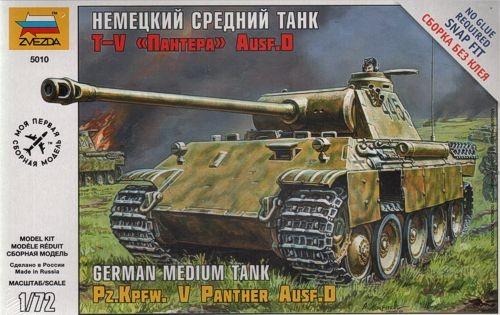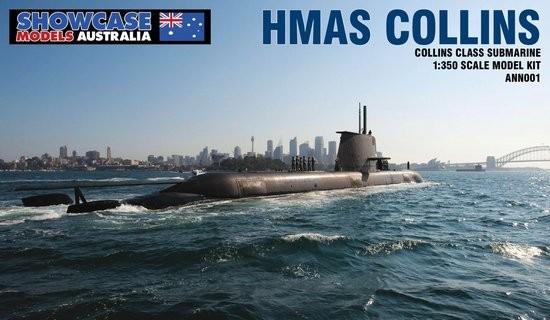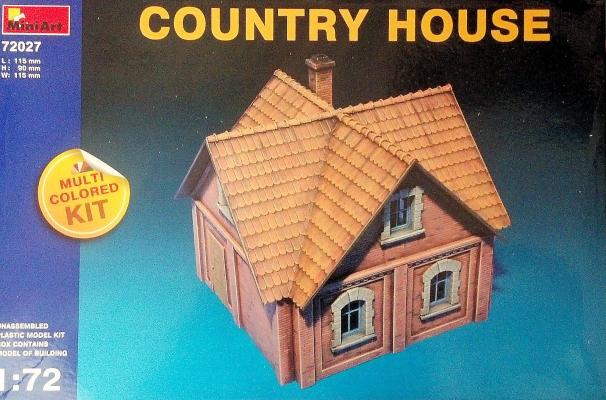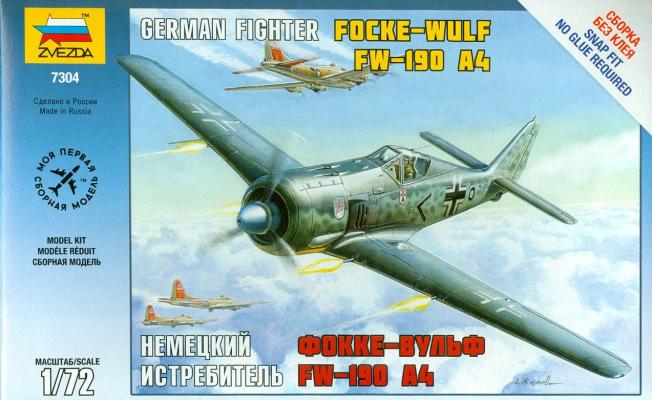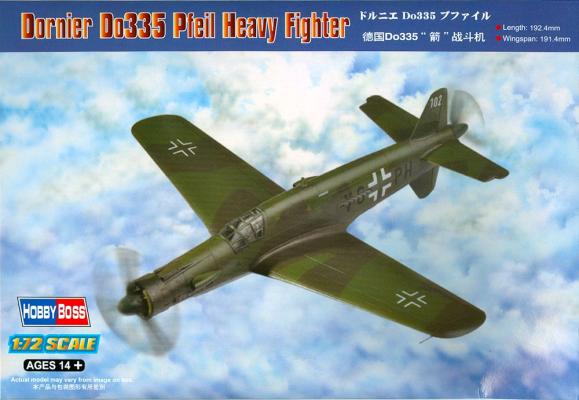History
The Do-335, like many German aircraft of World War II, had a checkered development. It began its life, at Hitler’s insistence, as a high speed bomber, and only later, when Hitler was told that the Me-262 would be a better high speed bomber, was the plane’s basic mission changed to that of heavy fighter and reconnaissance.
First, Dornier used a scaled down (1/2.5) Do-17Z airframe (Goppingen Go.9) to test the feasibility of the rear mounted engine with a prop behind the tail unit. Tests showed the usefulness of the arrangement, so design began on the full size airplane. Featuring a tandem engine arrangement (which was not new to Dornier), the aircraft was a large, single seat, twin engine aircraft with two DB-603 liquid-cooled engines. The type began as a high speed bomber (Nov. 1943), reconnaissance fighter and night fighter (Jan. 1944), and ended finally as a heavy fighter (Mar. 1944). In July, 1944, the first prototypes were delivered as bombers.











